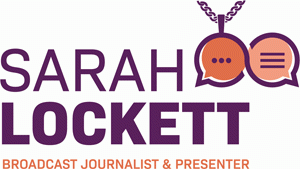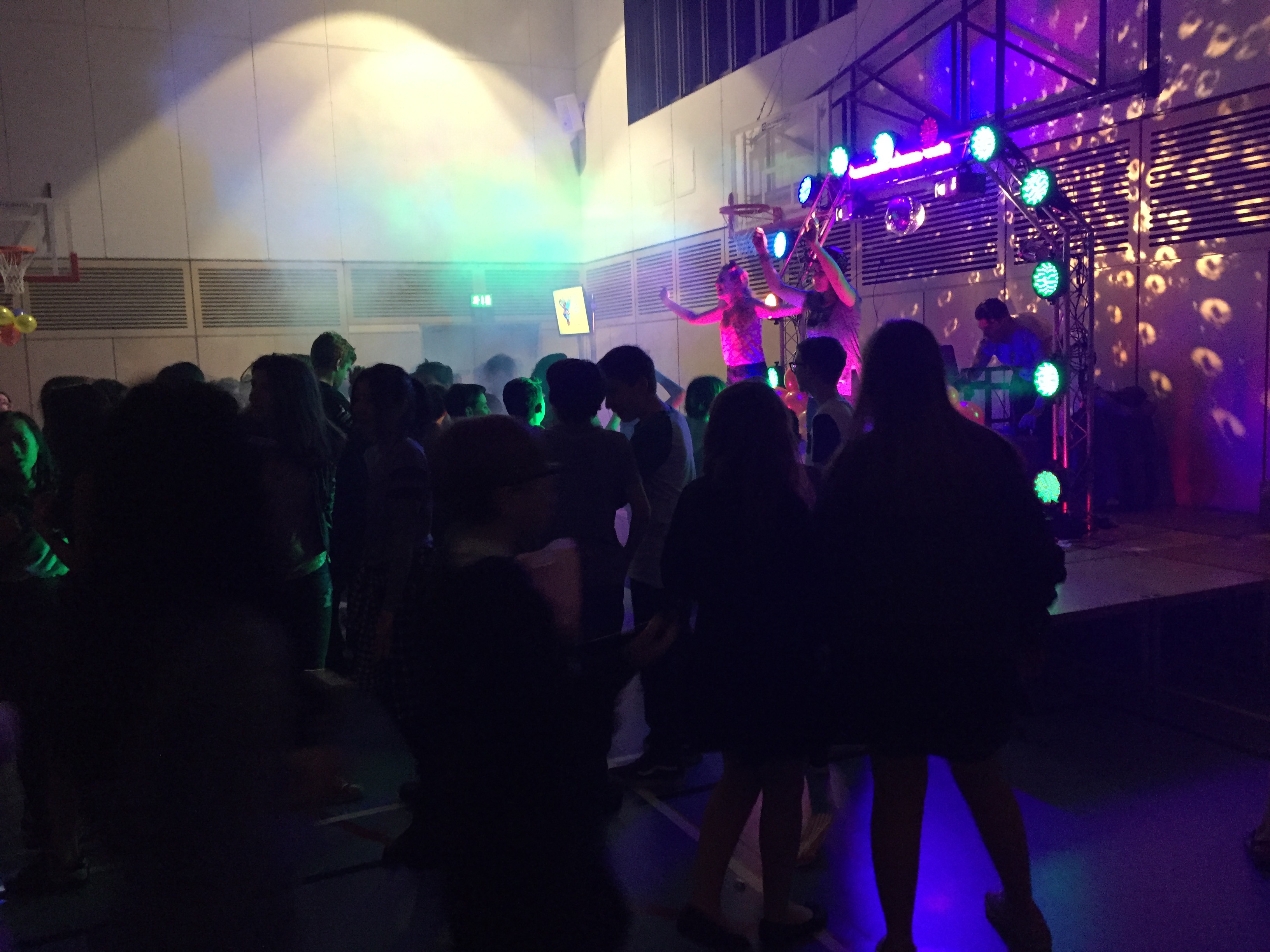Counterintuitively, people can tell if someone is lying more on the radio than on TV (you’d think with all the visual cues: shifting about, looking around, fidgeting, people would be able to tell more on TV). But, as I was telling a group of executives in a Media Training session recently, the opposite is true. Don’t think a radio interview is the easy option!
In a widely quoted piece of research, the psychologist Professor Richard Wiseman showed that verbal indicators of lying were more telling than non-verbal or visual. He interviewed someone (actually the political journalist Sir Robin Day) about his favourite film. In one interview he told the truth, in the other he lied. The two interviews were printed in a newspaper, broadcast on radio and also on TV. Over 40,000 people read, listened to and watched the interviews and were able to pick out the lying interview most – on the radio!
This research is by Wiseman, R. (1995) The MegaLab Truth Test, published in the magazine Nature. Download here.
There used to be a theory (and you hear it still quoted) that you can tell whether a person is lying from their eye movements. This idea, from Neuro Linguistic Programming (NLP), suggests that people look right when they’re lying, or left if their trying to remember the truth. But research (find it here) has shown that there’s no relationship between lying and eye movements – even though the idea is still mentioned in some corporate training courses.
Just one of the fascinating factoids in my #mediatraining sessions – get in touch to book a bespoke course, virtual or in person, 1-2-1 or in small groups. Twitter: @sarahlockett



